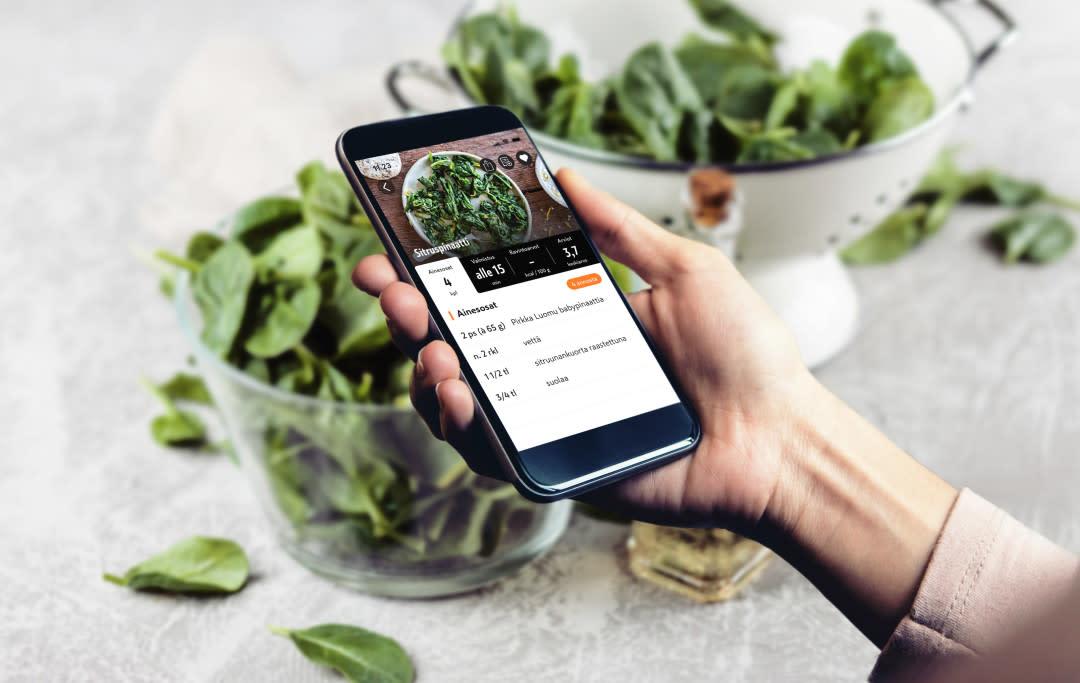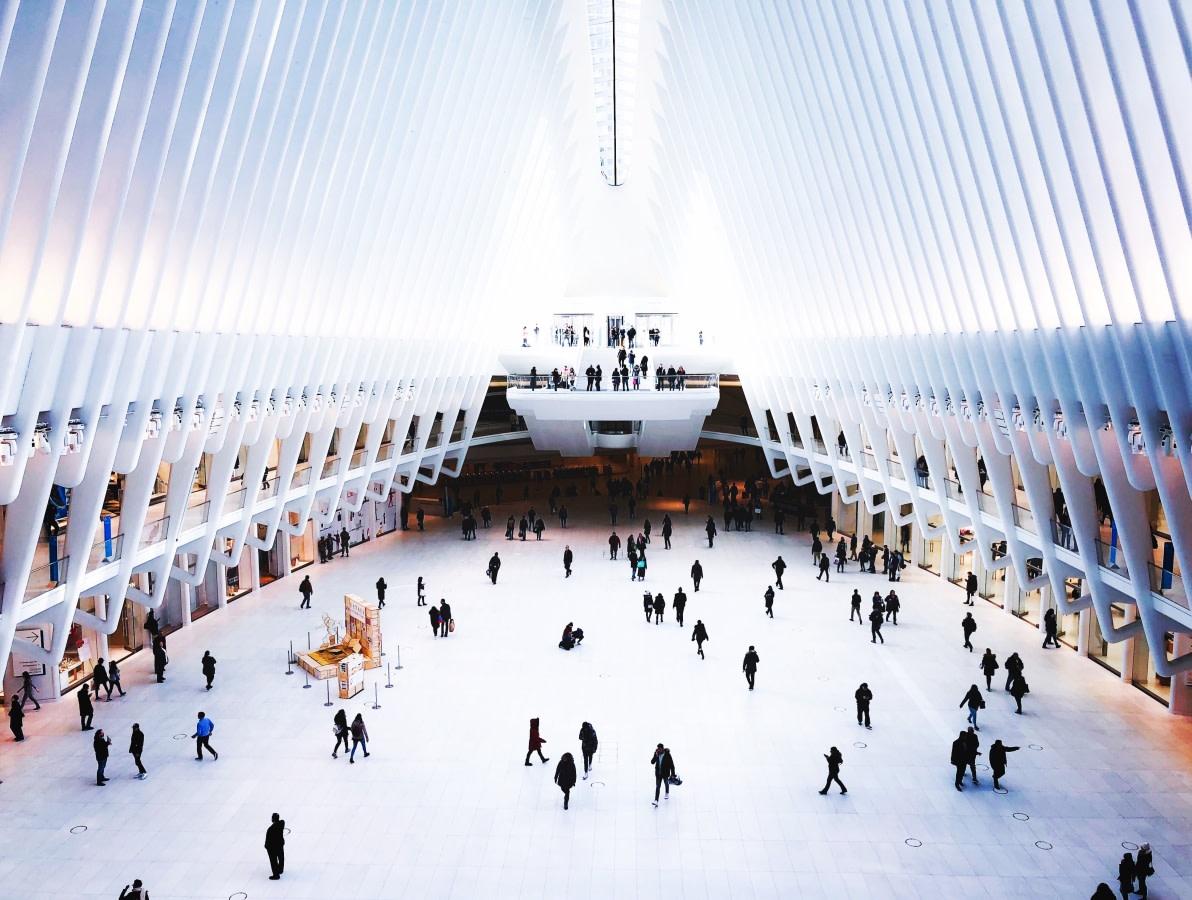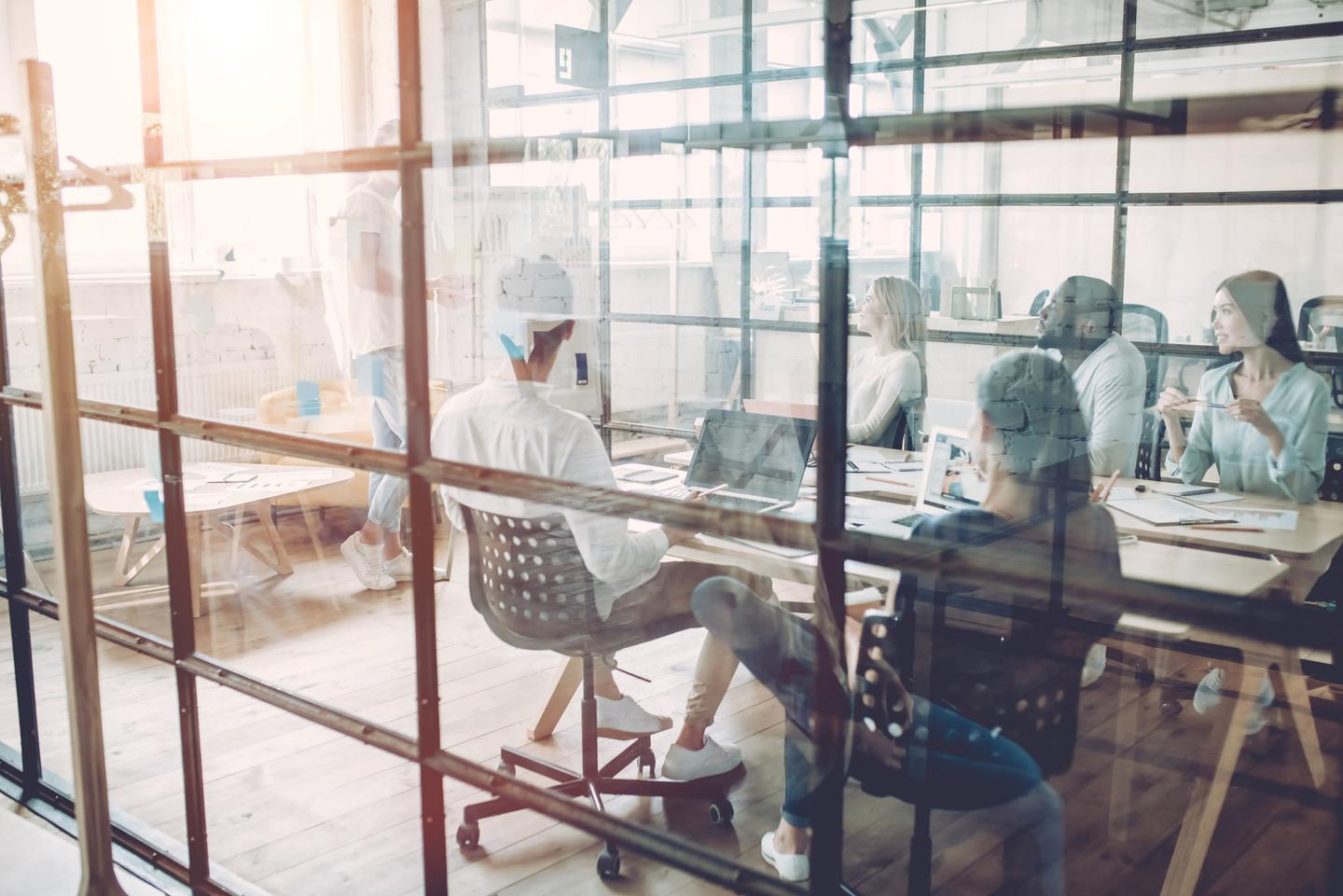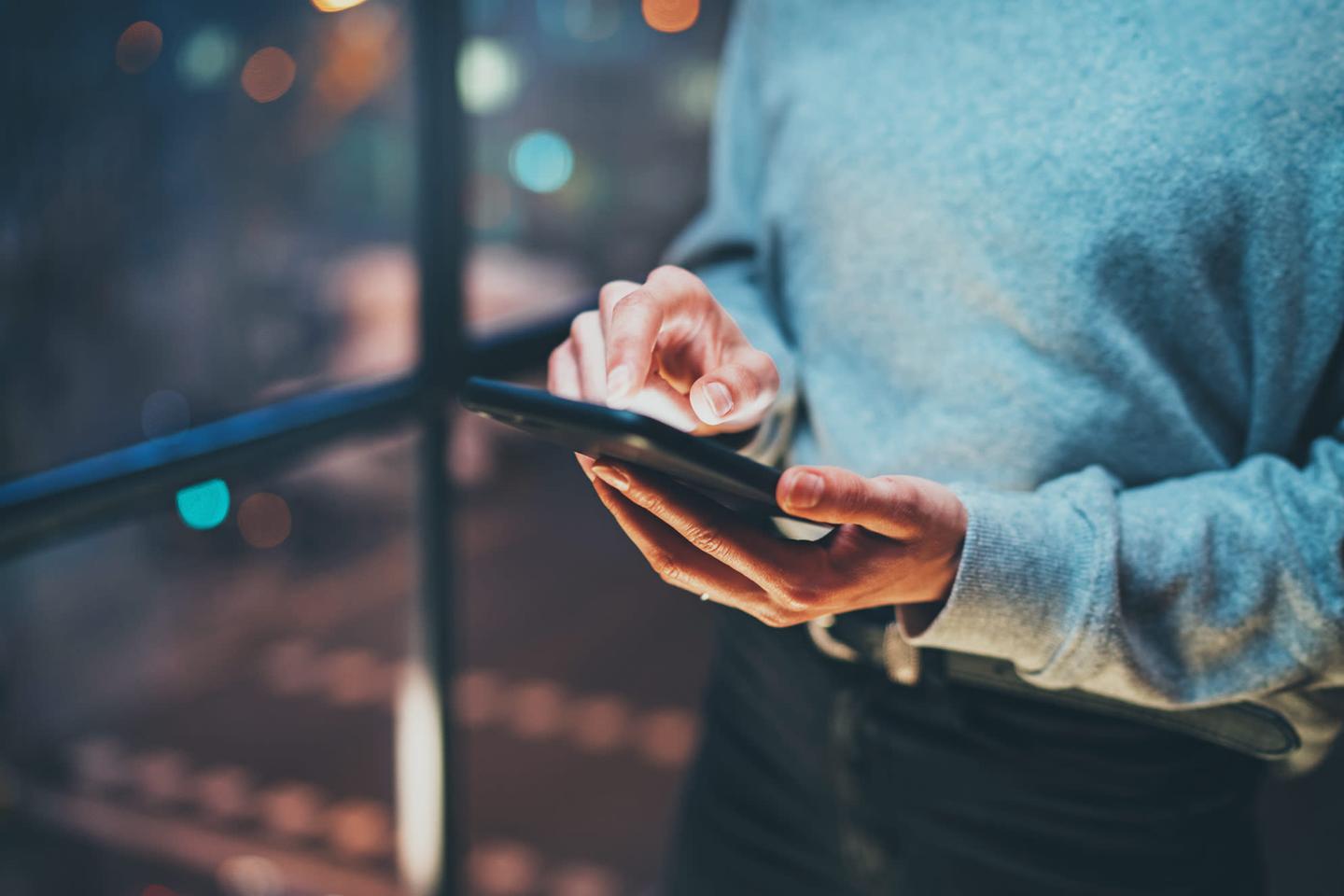On the Future of Retail 2030: Explore Your Data Driven Growth Opportunities
What will we eat, drink, and consume in the future? How will we buy commodities and from where? Together with 100 Futuriceans, 7 groundbreaking companies and 1 university, we decided to find out. In our recent webinar, we deep dived into the vision work and learnt our collaborators’ views on the future.
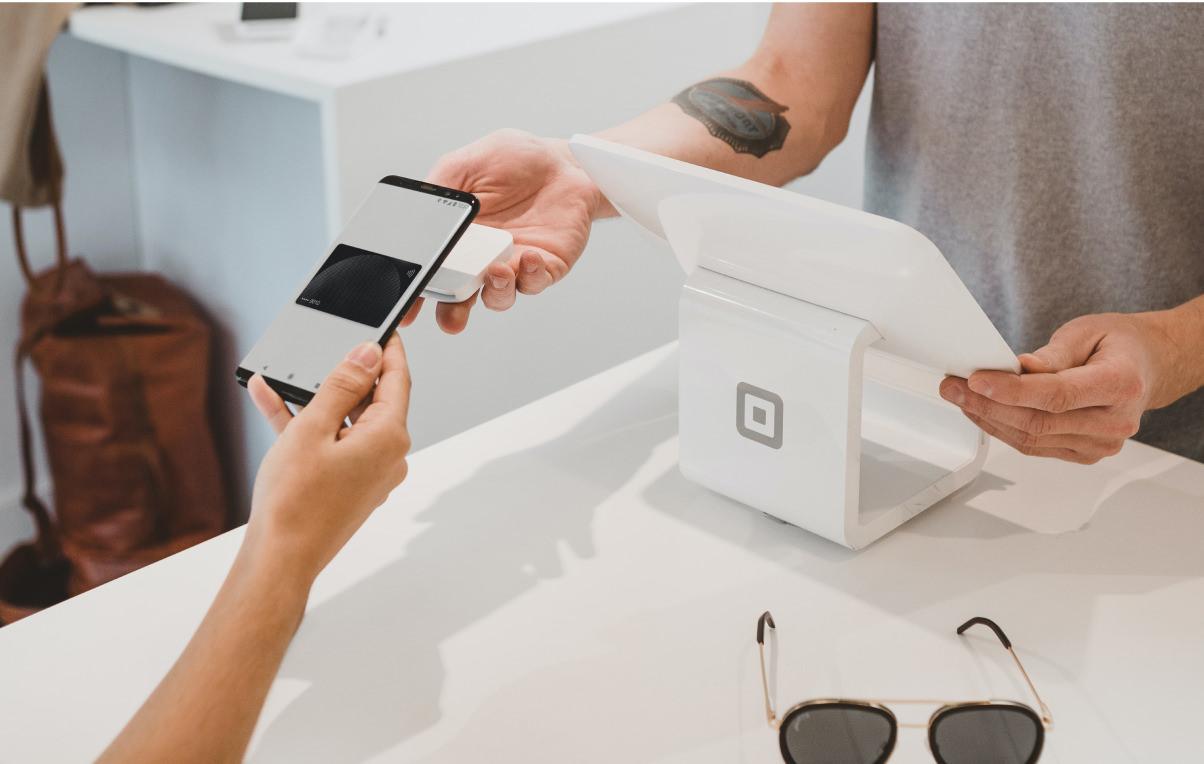
Creating the vision
Together with our professionals and Finnish companies Kesko, Valio, Olvi and Berner, as well as Aalto University, we crowdsourced a vision of retail in 2030. To create the content, we used our Lean Futures Creation Toolkit, a comprehensive set of tools and templates that guided the participants in understanding how things can change and what opportunities different futures can bring. We chose the most central ideas and PESTLE-analyzed them. Next, we formulated key topics and put them in a futures chart and created different future scenarios based on the alternatives. The four scenarios included creating live shopping experiences with influencers, developing optimized groceries-as-a-service systems, managing the politically torn consumer base, and restructuring services through digital twins.
For each scenario, we storified the lives of future consumers in 2030: a social media influencer using augmented reality to point customers to his portfolio products in the local shops, a breast cancer survivor giving sensitive data to get goods delivered to her home, a senior nurse working remotely and letting the system make the ethical decisions for her, and a doctoral student building a digital twin of a shopping mall in a suspicious world where paying is based on face-recognition. The main trends related to each scenario are also mentioned in the stories.
Based on these scenarios, we identified the most significant future trends, described in detail in the future of retail vision.
The moment you have a story about the future, it can be visualized, and then you start looking at ideas as if they were actual services. This speeds up thought processes and accelerates innovation. – Mia Muurimäki, Design Director at Futurice.
Behind the scenes
The key retail innovations behind the scenarios, or “provotypes” as we like to call them, were:
- Giving data to get groceries as a customized service
- Reaching for full visibility on retail processes
- Curating personal product portfolios for followers
- Trying to navigate grocery wars
For each innovation, there is also a tension. For example, to get personalized services and portfolios, customers first need to provide retailers with their personal data, and people can get suspicious on how their information is used. At its core, digital marketing in the 2030s depends on people who trust you, support your cause, and connect with you. These are also the people that buy from you on social media.
Also, although the climate change is going rapidly forward, people still get nostalgic and attached to what they’ve used to consume–at the same time, they want to make a positive impact. Thus, we need more openness from retailers. For example, the retail ecosystems are strongly interconnected for example with water-intensive sectors that have a major impact on water pollution.
Since products have a huge number of given environmental attributes, they should be easily available to the consumer, so they can make their choice. –Maria Nylander, Communications and Sustainability Manager at Berner.
Services for every sense
The triumph of hyper personalization continues towards 2030; what we eat and consume is data-inspired and tailored to match our unique bodies and minds–shopping has become the statement of self. The main factor in retail is digitalization, harnessed to make consumers’ lives easier.
We all, as consumers, want retail as a service. – Tuomas Sointu, Business Development Director at Kesko Trade
Therefore, all businesses, including retail, will transform into data business and products into personalized services.
For example, when you are buying a car, are you buying a product or movement? – Lasse Mitronen, Senior Fellow at Aalto University
Also, a better standard of living affects consumers’ behavior and expectations.
We believe that the standard of living will continue to grow. This means the consumers will be both more demanding and willing to pay more. For example, home deliveries increase also because less and less people will have a driver’s license, and all kinds of out-home-consumption will grow. – Olli Heikkilä, Marketing Director at Olvi
Embrace the possibilities
Retail brands in the 2030s are experienced in every sense, fluently through digital and physical channels. Ordering goods from the internet is more popular than today, but physical stores still exist and are important for customers–they are centers of experience and socializing. Stores are used as centers of information and entertainment where customers utilize technologies, such as AR. Also, rapidly growing groups of single households and elder people are taken into consideration. When it comes to generation Z, those currently 15–25 years old, ethics and ecological views have become more important than ever.
The future of retail is new technologies and data-driven personalization.
Consumers are not anymore only at the end of a linear value chain as recipients, and the retail companies need to ask themselves how they create partnerships that allow hyper personalization and make the customer journey as convenient as possible. – Tuğberk Duman, Head of Innovation at Futurice.
From the downloadable retail vision, you´ll get a detailed and practical view on all these subjects and more. We invite you to build sustainable success–together.
Learn more on making the right moves today. Download the full vision here, and watch the webinar.
 Annina AntinrantaPrincipal Designer - Emerging Business
Annina AntinrantaPrincipal Designer - Emerging Business
